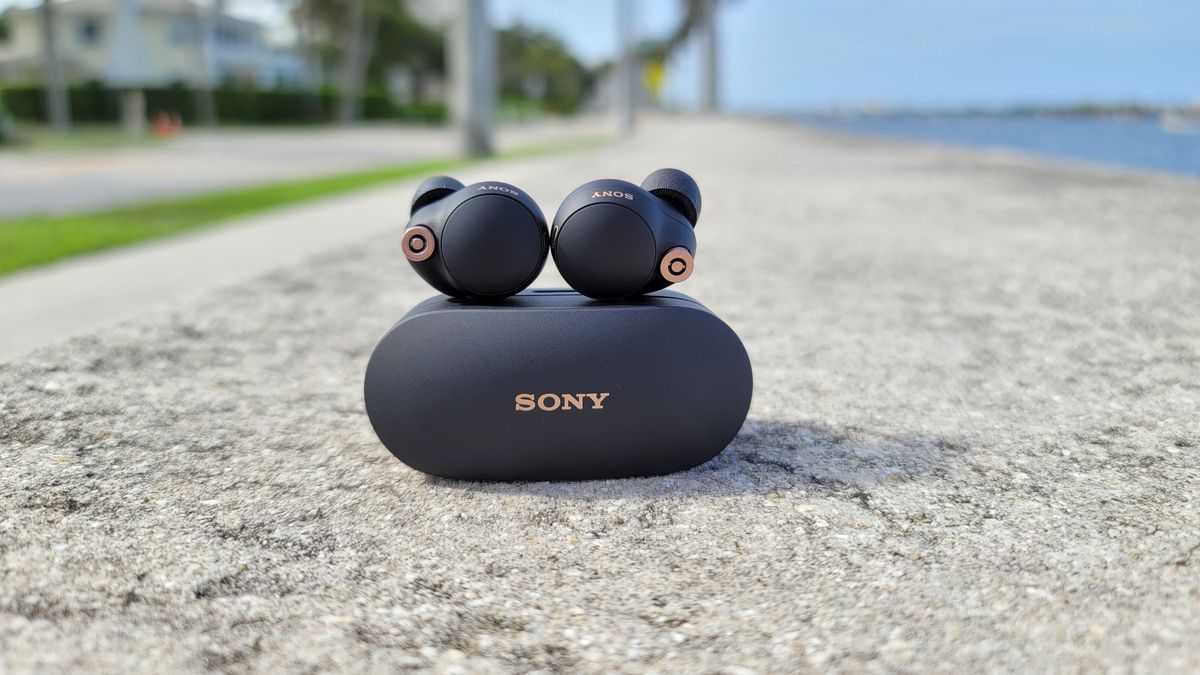If you don’t already own the AirPods Pro, then you’re likely on the hunt for the best AirPods Pro alternatives. We understand that the AirPods Pro has lots of awesome features, granted the majority can only be enjoyed on your iDevice (e.g., iPhone, iPad). However, if Apple’s software perks are meaningless to you, then you’ll find joy knowing what else the market has to offer.
Apple’s first-ever noise-cancelling earbuds helped popularize the category, which has welcomed formidable challengers from industry heavyweights such as Bose, Samsung, Sennheiser, and Sony. Even sibling brands like Beats have released fantastic models that give the AirPods Pro a run for its money.
We’ve tested all the best wireless earbuds and assembled this roundup of the best AirPods Pro alternatives based on performance, price, and purpose. Scroll down to see which ones are worth the investment.
What are the best AirPods Pro alternatives?
The Sony WF-1000XM4 is currently the best AirPods Pro alternative. We gave Sony’s flagship buds a perfect score for their excellent noise cancellation, sound quality, and feature set. Upgrades in hardware and new smart controls enhance useability on multiple fronts. We’re also enamored with the redesign, which is smaller and more ergonomic than past Mark Series true wireless releases.
The Beats Fit Pro are our runners-up, arguably the best Apple earbuds. Why is that? Not only do they carry a stronger spec sheet and most of the same features as the AirPods Pro (e.g., ANC, H1 processor, spatial audio), but the sporty design is both flashier and more secure. On top of that, they are only one of two Apple models that play nicely with Android devices.
Speaking of Android users, the Samsung Galaxy Buds Pro are a fine noise-canceller with striking sound and several smart features that can be enjoyed on Galaxy and non-Galaxy smartphones. These buds block out a lot of ambient noise and come with a powerful transparency mode that picks up every little sound around you for greater environmental awareness. Exclusive features like reverse wireless charging add to their value.
If you’re someone who fancies legacy sound, then the Sennheiser Momentum True Wireless 3 might be right up your alley. They share the same price tag as the AirPods Pro, and though they don’t have a spatial audio feature, you still get superior sound with plenty of customization, as well as terrific ANC and battery life.
Check out the full breakdowns for these top choices, along with our other rankings for the best AirPods Pro alternatives.
The best AirPods Pro alternatives you can buy today
The best true wireless noise-cancelling investment one can make right now is not the AirPods Pro. It’s the Sony WF-1000XM4. Specs alone give these buds a serious advantage in the audio department. Sony’s V1 processor combined with 6mm drivers, lossless LDAC streaming, and proprietary technologies (360 Reality Audio, DSEE Extreme) help create the most versatile listening experience imaginable in the category. Music, movies, ebooks, podcasts, and video games all sound excellent on these beauties. Noise cancellation on the WF-1000XM4 crushes the AirPods Pro, eliminating up to 90% of ambient noise in all environments. Longer battery life, lots of smart features, and an ultramodern design earn it top billing as the best AirPods Pro alternative.
Read our full Sony WF-1000XM4 review.
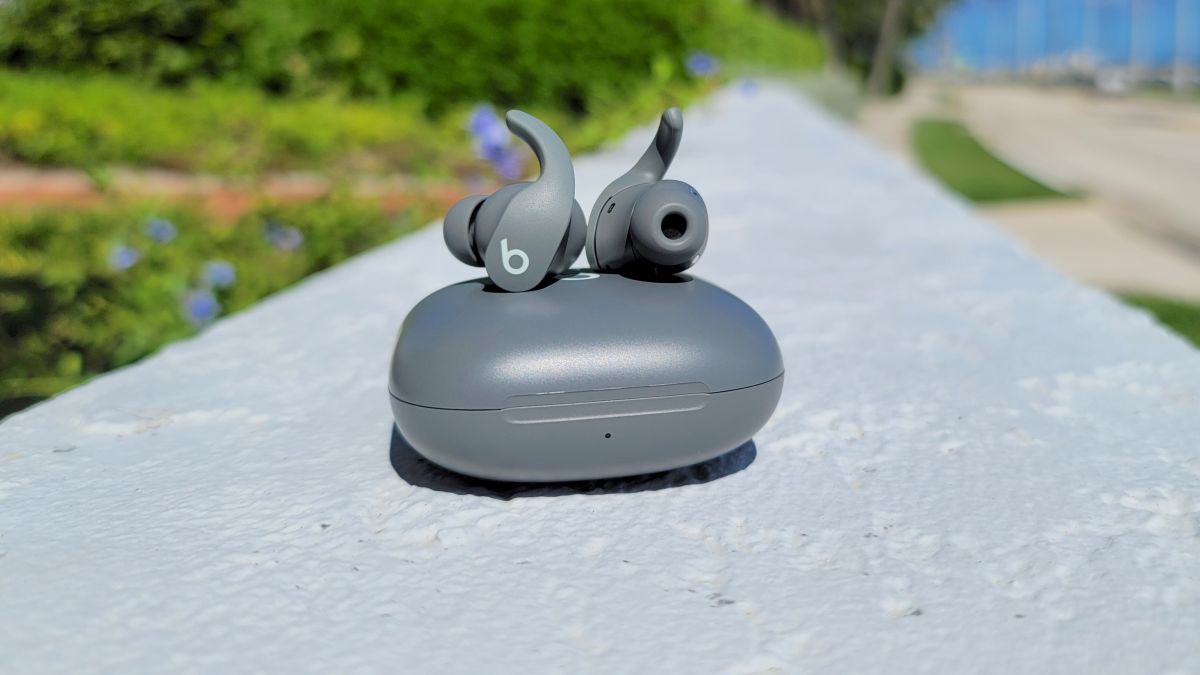
There’s a strong case to be made for the Beats Fit Pro as Apple’s best earbuds. For one, the design is much sleeker and ergonomic, making it ideal for casual listening or exercising. They support all of Apple’s biggest features, including active noise cancellation, audio sharing, Fast-Fuel charging (5 minutes = 1 hour of use), “Hey Siri” voice activation, and spatial audio just to name a few. The H1 chip grants instant pairing to all iOS/macOS devices, and these buds are Android friendly, thanks to the Beats app. ANC playtime surpasses the AirPods Pro by 1.5 hours and the Fit Pro’s charging case holds more portable power.
Some features are kept exclusive to the latest AirPods models. Head tracking is also less accurate on these buds. However, everything else nearly surpasses what the AirPods Pro delivers.
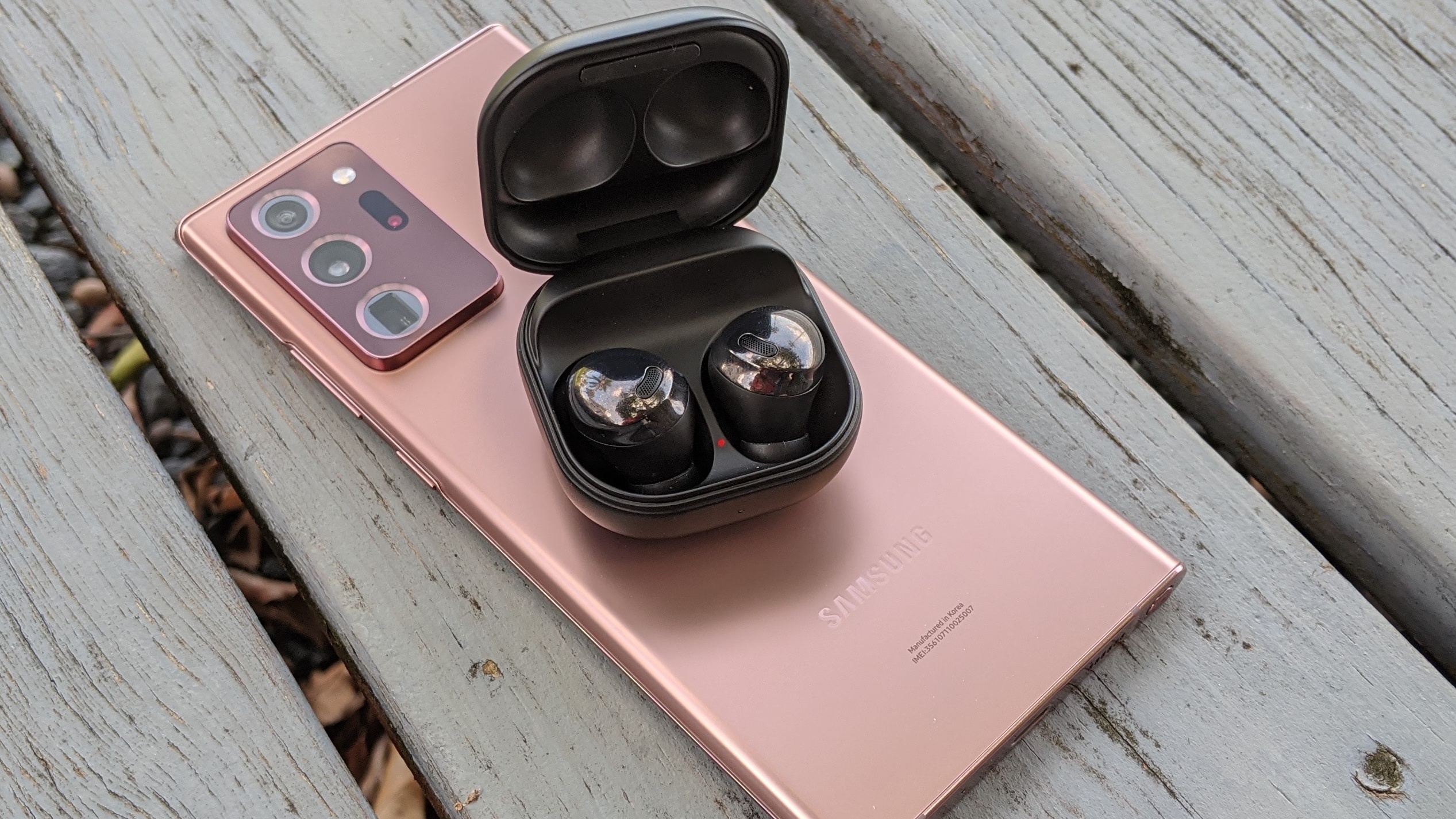
Second time is the charm for Samsung, as the Galaxy Buds Pro aren’t just one of the best wireless earbuds available, but also the brand’s best entry in the true wireless space. This includes an enhanced and more traditional design for optimized fit, smarter controls, stronger ANC, and one of the best transparency modes out there. Audio is where these buds truly put in work, pumping out deep bass and clear mids. Granted, Galaxy device owners get the best listening experience, thanks to Samsung’s proprietary Scalable Codec, the minimal loss in quality doesn’t affect audio performance too much on other Android devices and iPhones.
Samsung also gives the Galaxy Buds Pro their own set of special features, though the most popular ones (e.g., Auto Switch, Gaming Mode) are reserved for current Galaxy smartphones, while 360 Audio is only available on the upcoming Galaxy S21 models. However, poor battery life is the more concerning issue on these buds; a full charge realistically gets you 4.5 hours of use with ANC on.
Read our full Samsung Galaxy Buds Pro review.
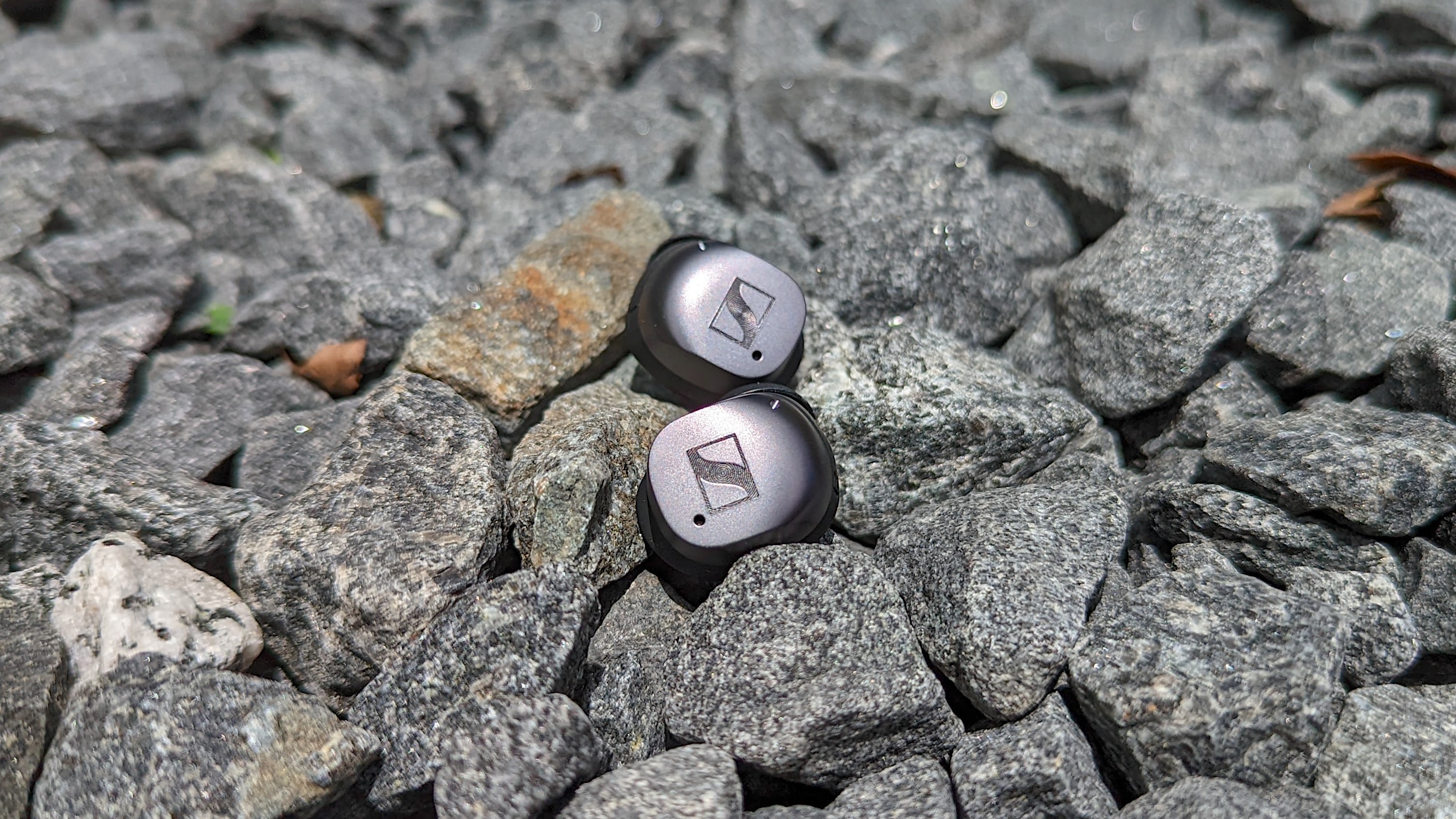
Only a handful of legacy brands can match Sennheiser’s sound. Apple isn’t one of them, nor can they compete with the German audio staple’s ANC technology. The Momentum True Wireless 3 blend excellent sound and top-tier noise neutralization into a handsome, revised design. Specs like 7mm drivers, intuitive sound features, multiple EQ settings, and aptX Adaptive codec support bring hi-res, spacious sound to your ears. Sennheiser’s adaptive ANC scans your environments and places a muzzle on most sounds across the frequency spectrum. Upgrades to connectivity and the touch controls are also greatly appreciated.
Sharing the same price as the AirPods Pro, these buds should also share the same call quality and features like Find My Buds. Nonetheless, the sound quality is undeniable.
Read our full Sennheiser Momentum True Wireless 3 review.
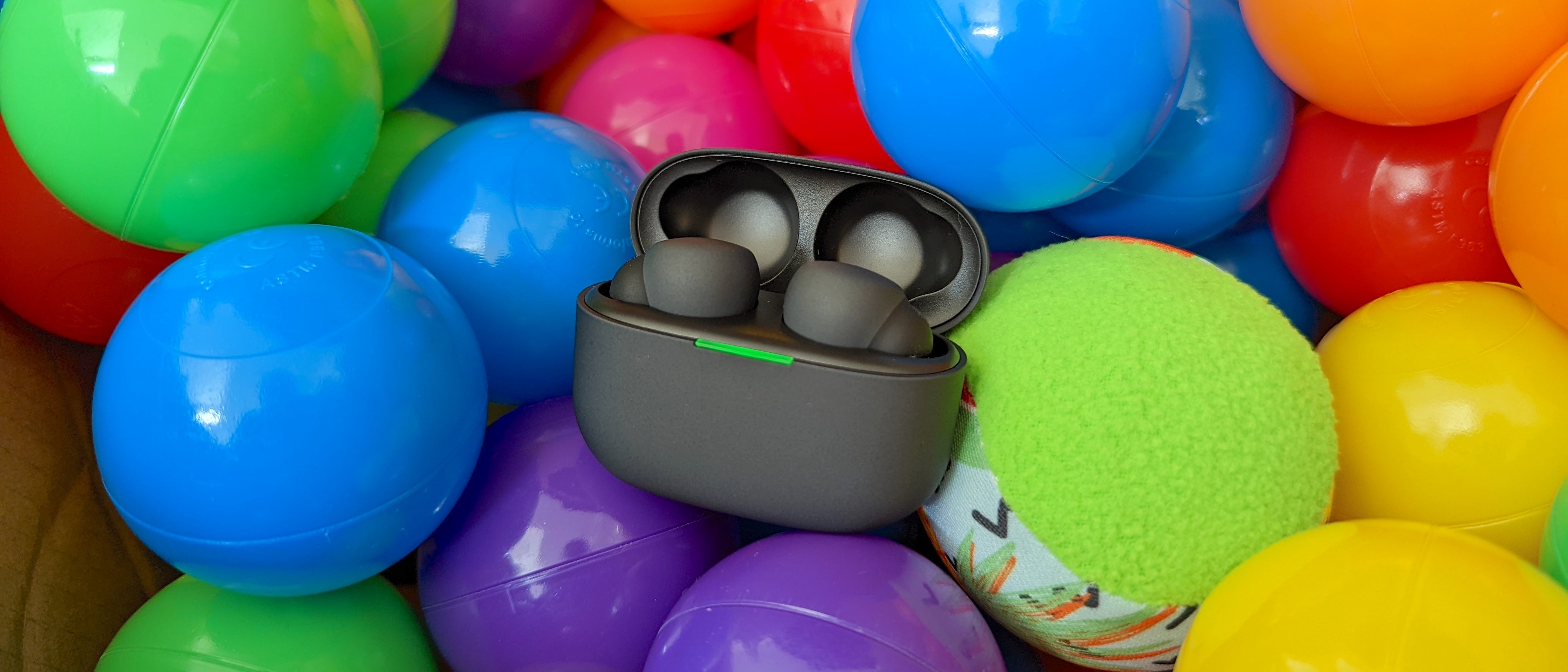
The original LinkBuds presented some fantastic ideas like an innovative open-ear design and wide touch sensors, but the product seemed more like a concept that was pushed to retail. This caused Sony to go back to basics and develop the LinkBuds S, a more traditional wireless in-ear that takes full advantage of Sony’s sound and noise-cancelling technologies. Pairing the V1 chip with a new 5mm driver gives music more depth and vibrance. High-end features like 360 Reality Audio (aka spatial audio) and DSEE for upscaling low-fi recordings made the cut. ANC and ambient listening also work well.
It’s understandable that earbuds carrying this much firepower drain power quickly, but the LinkBuds S provides sufficient playtime with ANC on or off. We just wish the charging case held more portable power.
Read our full Sony LinkBuds S review.

If you’re waiting on wireless earbuds that can match the ANC prowess found in premium headphones, then the QuietComfort Earbuds are the closest you’re going to get. Bose engineered its in-ears monitors with nearly the same functionality and technology as the Bose 700, giving you 10 levels of adjustable ANC and even a transparency mode that blends with noise cancellation for even better, more accurate ambient listening. You can expect peaceful silence when indulging in Spotify playlists around noisy crowds. Call quality is just as impressive, producing loud and clear-sounding results on both ends, especially indoors. It’s cool that you get Bluetooth 5.1 as well, a feature only a few models carry right now.
All of that power comes at a cost, and it’s not just the expensive MSRP we’re talking about here, but battery life as well. You’ll get about 5 hours of use when factoring in both listening modes and high volume, and the charging case only holds three extra charges, despite its massive build.
Read our full Bose QuietComfort Earbuds review.

For a mid-ranger, the Denon AH-C830NCW surpasses expectations and elevates itself to top-tier status by way of excellent overall performance. Sound is fuller and more detailed than the AirPods Pro, thanks to the company’s Sound Master Tuning. An isolating fit and two-mic array help cancel out ambient noise at a high level. Transparency Mode is also effective for increasing environmental awareness. Moving onto battery life, 6 hours of ANC playtime is sufficient for half-a-weeks’ worth of commuting before recharging. The AH-C830NCW even holds its own as a calling headset, producing loud and clear vocals walking next to rush hour traffic.
Not having a companion app or extra features (e.g., customizable EQ, multipoint technology, wireless charging) stings. At the same time, very few sub-$150 models can match the AH-C830NCW’s audio performance.
Read our full Denon AH-C830NCW review.
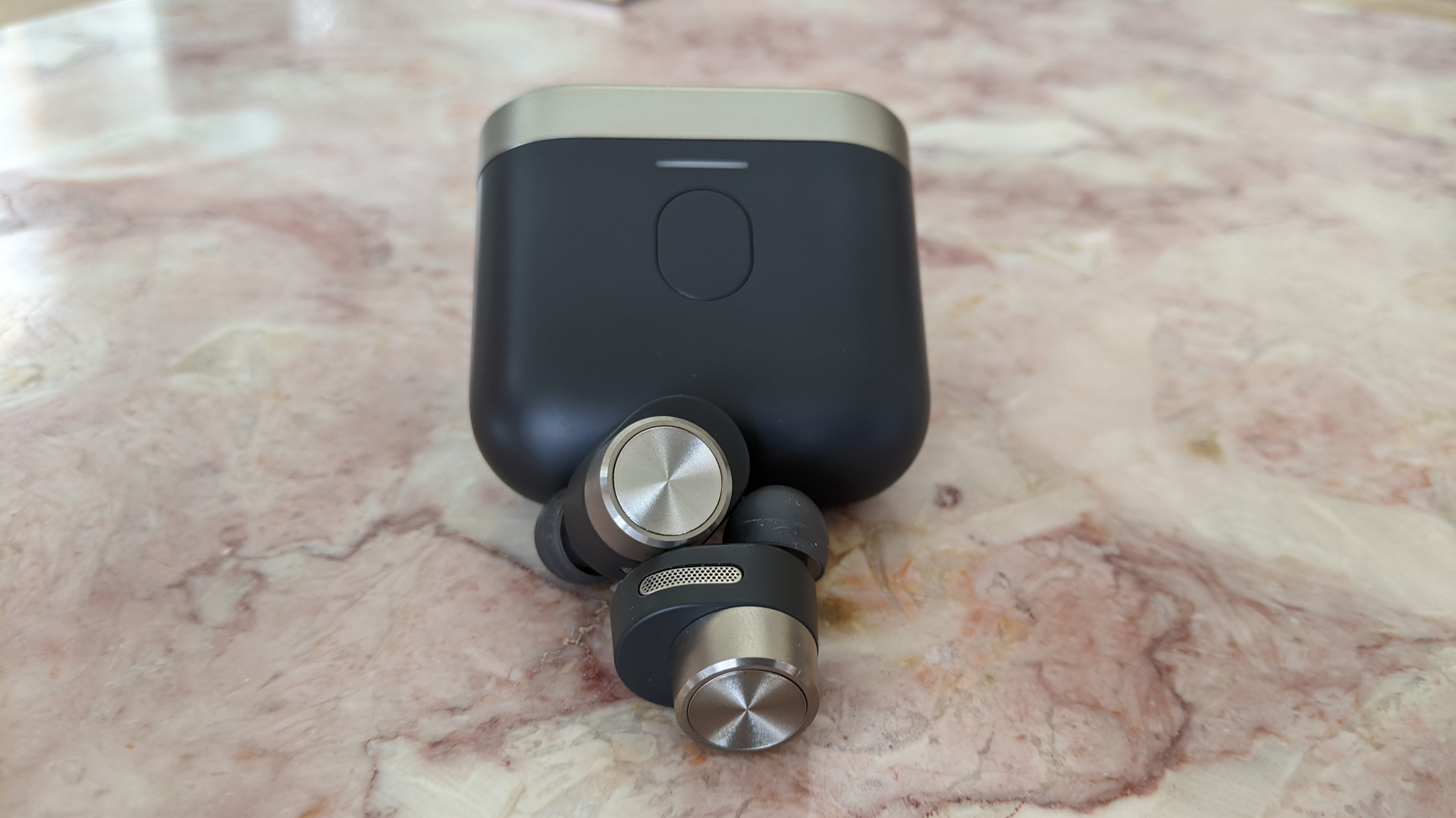
At $400, B&W’s latest flagship buds are geared toward luxury audiophiles who want the absolute best sound in true wireless form. Not only does this model boast Dual Hybrid Drive units with individual amplifiers for each driver, but they also support 24-bit sound and Qualcomm’s latest aptX Adaptive codec to stream music from hi-res platforms like Qobuz or Tidal. The PI7’s ANC is an admirable runner-up to the QuietComfort Earbuds, like Bose’s earbuds, it also shares the rare distinction of blending both ANC and ambient listening together to make external sounds more distinctive and less harsh. Build quality is up to par and the charging case can also double as a wireless adapter by connecting to an audio jack and retransmitting audio to the buds.
B&W could have given us longer playtimes and more features to play with for the high price tag, though the pros heavily outweigh the cons, especially on the audio front.
Read our full Bowers & Wilkins PI7 review.
How to choose the best AirPods Pro alternatives for you
The AirPods Pro have all the hallmarks of an elite true wireless pair of earbuds, though their most valuable feature is iOS integration. Having the ability to instantly pair to your iPhone is huge. Other H1-related features like audio sharing, automatic switching, and spatial audio sweeten the deal. Only Beats wireless earbuds come close to offering a similar package. That doesn’t mean you can’t find models that rival the AirPods Pro’s other big selling points.
Active noise cancellation is a priority. Today’s AirPods Pro alternatives have powerful ANC circuitry that blocks out a vast amount of ambient noise across the frequency spectrum, along with transparency modes to gain greater awareness of your surroundings. You may even stumble upon models with adaptive ANC that automatically adjusts performance based on your environment or listening habits.
Sound is not the AirPods Pro’s greatest strength. Therefore, this should be second on your wish list. Look at rivals that have large drivers and customizable settings to tweak sound profiles to your liking. Some might even support an EQ with multiple presets, lossless codecs (e.g., ALAC, LDAC) or third-party audio software (e.g., Mimi Sound Personalization, SoundID).
The AirPods Pro has set the standard for battery life on wireless earbuds (4.5 to 5 hours) and charging cases (24 hours). There are many current models that surpass these playtimes by several hours and support both fast charging and wireless charging.
Digital assistance shouldn’t be overlooked either. Most wireless earbuds support Siri, though they lack “Hey Siri” voice activation. Some companies program their buds with Alexa or Google Assistant integration, meaning you can fire up the AI bot by saying its respective wake word phrase.
Nothing will top Apple’s seamless connectivity with iDevices, but you can still own a pair of wireless earbuds that guarantee fast pairing with compatible devices. Seek out models that come with the latest Bluetooth 5.0 version, Google Fast Pair, and multipoint technology to pair to two devices simultaneously.
How we test the best AirPods alternatives
To determine the best AirPods Pro alternatives, Laptop Magazine takes several factors into account, including design, sound, and value, just to name a few. Our team also compares these models to similar products in the same category, and at different price points.
All wireless earbuds are tested over the course of a week for 2 to 3 hours at a time. We assess ease of use, comfort, and audio quality. Reviewers listen to several sample tracks across multiple music genres, including hip-hop, rock, jazz, and classical, while analyzing clarity, depth, and volume. Audiobooks, games, podcasts, and videos are also accounted for.
Laptop Magazine also tests battery life, Bluetooth range, digital assistant support, ease of setup, and any app-enabled features compatible with laptops, desktops, and all portable devices like smartphones and tablets.
Furthermore, we test streaming music services that offer hi-res audio. To learn more about how these services can improve the sound quality on your laptops and mobile devices, here is an expert audio codec FAQ on everything you should know about FLAC files, MP3s and all other audio file codecs.
After testing is completed, we rate these products based on our five-point system (1 = worst, 5 = best). Products that are truly exemplary receive an Editor’s Choice badge.

